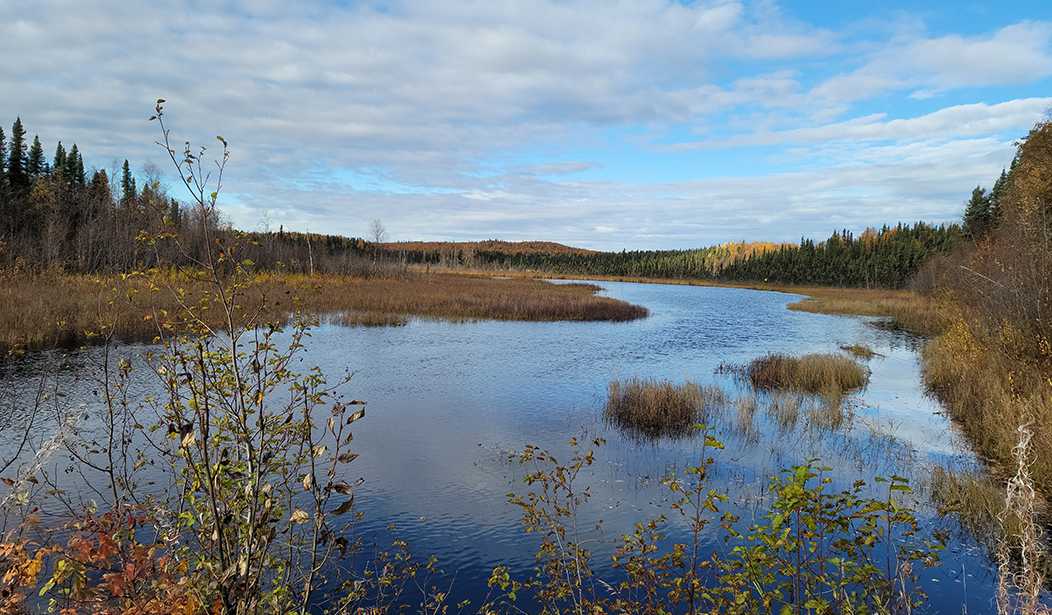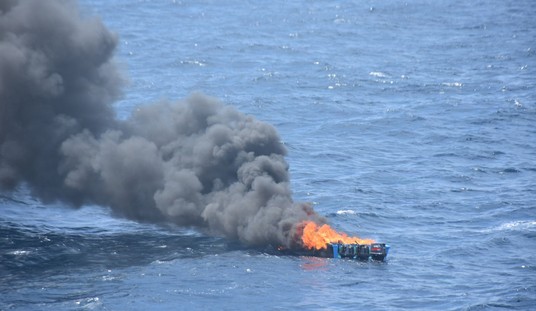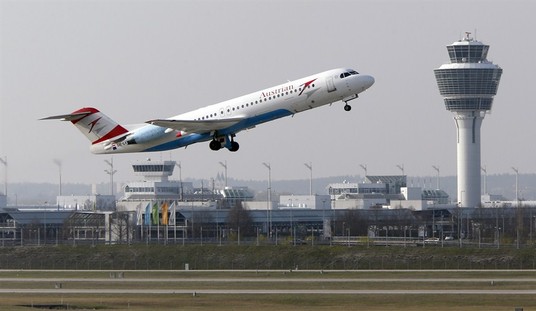A lot of people don’t think about Alaska much unless they are watching some silly “reality” television program that generally has about as much in common with the reality of Alaska as a stuffed armadillo has with an overweight Hungarian traffic cop.
But there are some compelling reasons why the rest of the nation should pay a little more attention to us up here in the Last Frontier.
The word Alaska derives from the Aleut word alaxsxaq (Alyeska), which means “The object towards which the action of the sea is directed,” or alternatively, “the Great Land.” When it comes to political issues, Alaska gets overlooked a lot; presidential candidates never come here, partly because Alaska is a pretty reliable Republican presidential state, and partly because Alaska’s meager three Electoral College votes just aren’t that much of a much. Our population as of the 2020 census was only 733,000 people, and while over half of that number live in the Anchorage area and the Mat-Su Valley, the rest are scattered across a state that is larger than Texas, California, and Montana combined.
While the Great Land may not be a great factor in elections, its location is of much greater importance. To put it bluntly: Alaska is the crown of the Pacific.
When one talks about energy, one must talk about Alaska.
When one talks about Pacific Ocean trade routes, one must talk about Alaska.
When one talks about military considerations, one must talk about Alaska.
When one talks about Russia and China, one must talk about Alaska.
Here’s why.
Energy: While Alaska’s crude oil reserves are “mature,” meaning that many wells are nearing the end of their productive life, the state still has crude oil reserves of 3.2 billion barrels, the fourth largest of any state. Furthermore, Alaska is fourth in the nation in natural gas recovery and has expected future production of almost a hundred billion cubic feet. The Great Land has coal, too, with an estimated forty-five million short tons just in existing mines. The energy picture of the United States simply isn’t complete without Alaska.
See Related: 16 Republican Attorneys General Sue Biden Admin to Resume LNG Exports
Pacific Ocean trade:
Whoever controls Alaska, controls the North Pacific. Don’t think for a moment that this hasn’t occurred to Vladimir Putin, who has made noises (which, candidly, shouldn’t be taken too seriously) about how Alaska was once a Russian possession.
That’s important for trans-Pacific trade, and again, look at a map; Alaska occupies a commanding position in the North Pacific. The northern trade routes, especially those ending or originating in Japan, pass within easy range of Alaska. These Pacific routes see thirty-three million twenty-foot (cargo container) equivalents (TEU) every year. That’s a lot of trade, and when it comes to those shipping lanes, it’s clear that who controls Alaska, controls the Pacific.
Military considerations:
Alaska is the United States’ only real access to the Arctic and, as such, commands a key position. Alaska also lies astride the Great Circle air-travel route from the lower forty-eight to Asia; flying, for example, from Denver to Japan’s Narita Airport will take you right over Anchorage.
No less an authority than General Billy Mitchell described Alaska as “the most strategic place in the world,” and things haven’t changed much since his time. The two major bases in Alaska are Joint Base Elmendorf/Richardson in the Anchorage area and Ft. Wainwright in Fairbanks, which between them maintain significant ground and air assets, and are vital in the defense not only of Pacific trade lanes but also American assets in the Arctic, not least of which are the North Slope oil and gas fields.
Russia and China:
Russia and China are looking at increasing their Pacific Ocean presence, and Alaska sits at the top of the Pacific. Since the early days of the Cold War, Russia has used their long-range Tu-95 Bear bombers to trail their coats down the Alaskan coast, often within sight of land. The Bear is usually used as a maritime patrol bomber but can also serve in a reconnaissance role for Russia’s faster jet-powered Tu-22M Backfire and Tu-160 Blackjack bombers; for that matter, the Bear can carry cruise missiles, including ones that can be fitted with nuclear warheads.
See Related: Putin Is Left With Egg on His Face After ISIS Provides Evidence It Carried Out the Moscow Attack
China Builds Mock-Up of Key Government District in Taiwan - for Invasion Training?
Also, in August of 2023, eleven Russian and Chinese ships were seen patrolling international waters near Alaska, prompting the U.S. Northern Command to send four destroyers to "observe."
Some naval experts have already called for increasing the Navy’s presence in Alaska, including the possibility of basing Navy and Coast Guard ships in Nome, to counter the growing Russian and Chinese presence in Arctic waters.
Russia and China both have an interest in their access to the Arctic. The United States is one of the few nations that can challenge their access, and Alaska is the key to that capability.
Alaska has a unique position among the fifty American states. Unlike every state except Hawaii, we don’t share a border with any other state. Unlike Hawaii, we do share a land border with another country, although it is, ostensibly, a friendly country – Canada.
There’s a lot more to the Great Land than beautiful scenery, amazing hunting and fishing, low taxes, and a place that is vast, wild, and free. It’s also a place of invaluable economic and strategic importance, and Washington and, indeed, the rest of the country, needs to remember that every day.














